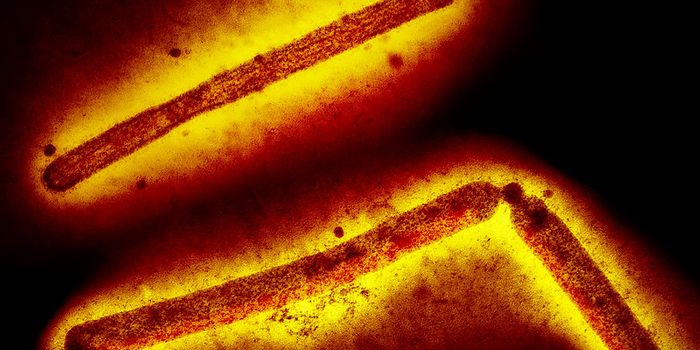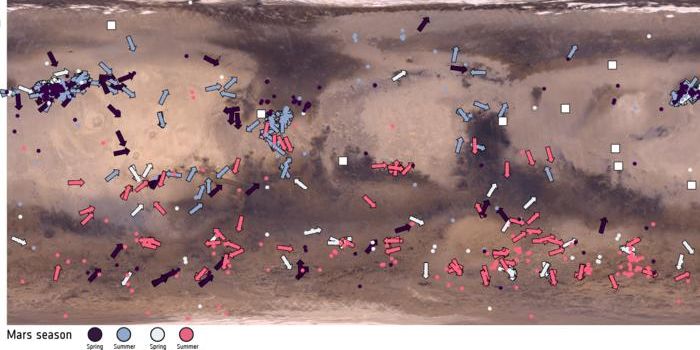New Neural Implant Can Help Study Multiple Areas of the Brain at Once
We’re probably all familiar with seeing images of the brain with different areas labeled: the frontal lobe, occipital lobe, brain stem, and so on. These images map the brain as a collection of unique and distinct regions. And we were all probably taught that each area of the brain is responsible for controlling a specific bodily function.
But how do these different parts of the brain work together?
Researchers at the University of California-San Diego have developed a neural implant that may help researchers understand how different areas of the brain interact, particularly during activities like cognition and certain behavior.
"In contrast to the traditional approach of studying one brain area at a time, the new technology introduced in this study will begin to allow us to learn how the brain as a whole works to control behaviors and how the process might be compromised in neurological disorders,” said Takaki Komiyama, a professor of neurobiology and neurosciences at UC San Diego School of Medicine and Division of Biological Sciences and co-author of the study.
The neural implant offers a few features that make it more adaptive and effective than existing neural implants: flexibility and transparency. Both of these features allow the implant to monitor deep brain activity and offer a clearer field of vision for concurrent imaging of the brain’s surface.
"Our probe enables us to combine these modalities [deep brain scans and imaging] in the same experiment seamlessly. This cannot be done with current technologies," said Xin Liu, an electrical and computer engineering Ph.D. student and the study’s co-first author
Researchers were specifically interested in how the hippocampus and cerebral cortex communicated in the formation of memory, something that also hasn’t been possible with existing implant technologies. They found that communication happened as a two-way channel, contradicting previous understandings which suggest that the cerebral cortex receives information from the hippocampus.
"These findings suggest that the interactions between brain regions, not only between cortex and hippocampus, can be fundamentally diverse and flexible. Therefore, multiple brain regions can efficiently work together to generate cognition and behavior that rapidly adapt to changing environments," said Chi Ren, one of the study's co-first authors.
Researchers note that their research is only a first step towards unlocking more answers about activities like cognition and memory, including a more nuanced understanding of how different areas of the brain communicate.
“Our findings show that communication [between cortex and hippocampus] can be initiated by either, but to go beyond that we'd need to do behavioral studies,” said Duygu Kuzum, a professor of electrical and computer engineering at the UC San Diego Jacobs School of Engineering.
Source: Science Daily








